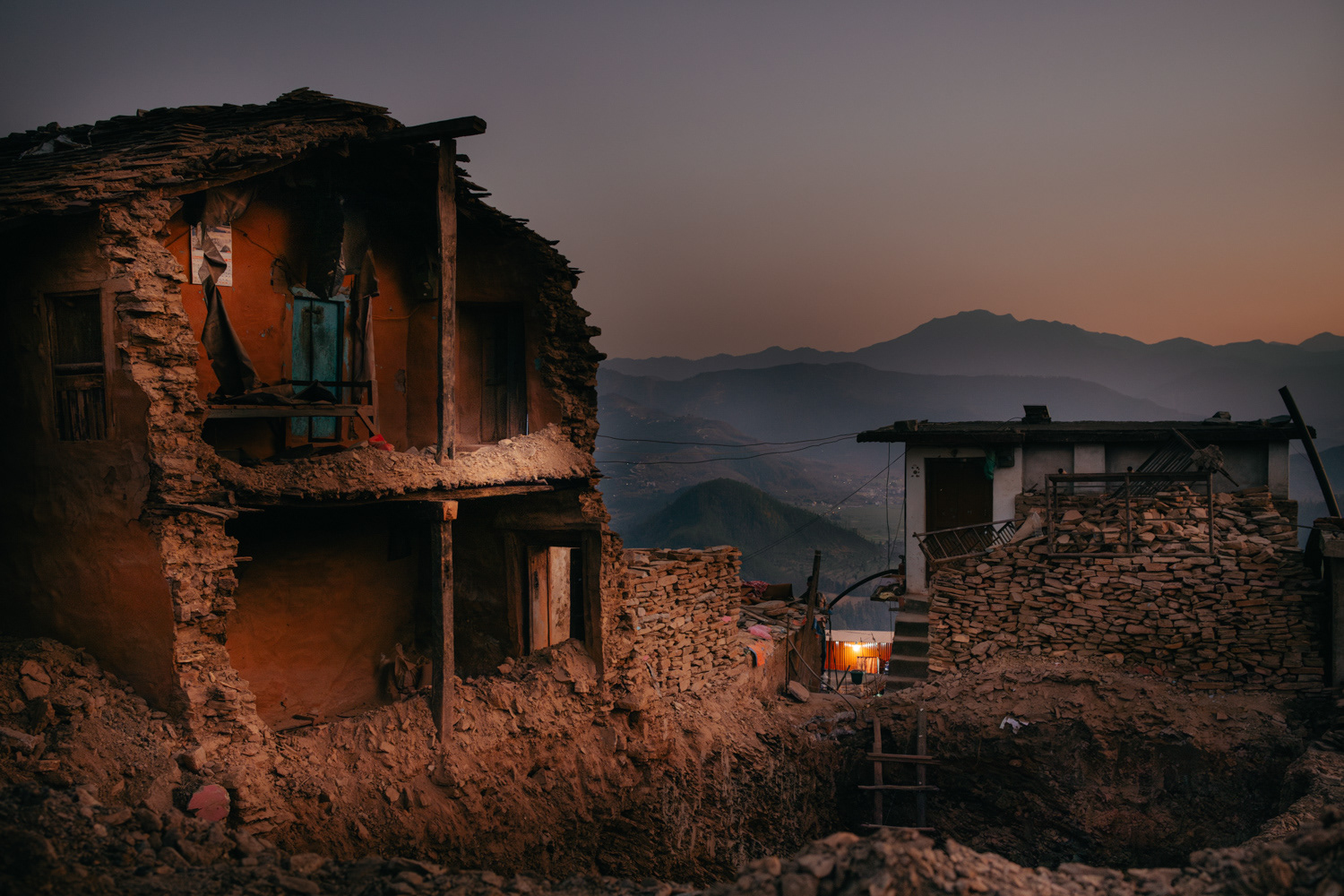As families slept at night, the buildings around them collapsed.
An earthquake with a magnitude of 6.4 (on the Richter Scale) hit the town of Jajarkot, located over 1400 meters in the mountains northwest of Nepal. It takes over a day to drive there from the capital Kathmandu.
The earthquake struck on November 3rd last year. 153 of the city’s
180 000 residents lost their lives. At least 375 people were injured.
An earthquake with a magnitude of 6.4 (on the Richter Scale) hit the town of Jajarkot, located over 1400 meters in the mountains northwest of Nepal. It takes over a day to drive there from the capital Kathmandu.
The earthquake struck on November 3rd last year. 153 of the city’s
180 000 residents lost their lives. At least 375 people were injured.
Imagine driving an old bus on a newly sown field after a long drought. The roads are bumpy. Dust from the dirty roads seeps in through the bus windows. The sun is shining, and music is playing loudly from an old blown speaker. The hours pass, and suddenly, far in the distance,
you’ll see a beautiful city reminiscent of an Italian coastal town.
Buildings in beautiful pastel colours. Around the town, there’s a wide river. It’s called Bheri, and it sparkles in turquoise colour. The surface glistens. Like the mountain water in Jotunheimen on a warm sunny day.
Buildings in beautiful pastel colours. Around the town, there’s a wide river. It’s called Bheri, and it sparkles in turquoise colour. The surface glistens. Like the mountain water in Jotunheimen on a warm sunny day.
The bus continues and stops inside the town of Jajarkot. It’s now you understand the seriousness. The beautiful depictions of the city are not so beautiful anymore. Families sit on small stools outside of their destroyed homes. After the earthquake, just under 40 people lost their lives in the cold this winter. Many have lived in tents distributed by aid organizations such as UNICEF and the Red Cross. This is a story of the people who wake up every morning to rebuild their homes and souls.






